A case of foot-and-mouth disease (FMD) in Germany has revived bad memories of past outbreaks in Scotland. Keith Findlay and Kirsten Johnson hear harrowing accounts of those dark days.
There have, thankfully, been no more cases of FMD reported since news broke of an FMD outbreak, affecting a herd of 14 water buffalos, near Berlin last week.
Three dead animals tested positive for the virus. The rest of the herd were culled to prevent further spread.
Hundreds of pigs on a nearby farm were also culled as a precaution.
UK acts swiftly to ban imports
But the outbreak triggered a reaction far beyond Germany’s borders.
Here in the UK, it sparked a ban on imports of German pigs, cattle and sheep,
Meanwhile, the risk level of FMD to British farming was increased to “medium”.
So, what is it like when FMD comes to town?
Farmers tend to recoil in horror at the very mention of it.
2001 outbreak left Fife farmer afraid to tell people what he does for a living
Fifer Murdo Fraser, 57, told use he felt “dirty” whenever he told people he was a farmer in 2001.
Murdo, who part-owns Pitcarlie Farm, near Auchtermuchty, added: “It’s awful to have the threat of foot-and-mouth hanging over us again. It is a horrendous disease and can spread so fast.”
Recalling 2001, he said: “I often didn’t tell people what I did when I went out, as my job was associated with disease and images of piles of burning animal carcasses.
“We had just come through BSE and then were hit with foot-and-mouth.
“It really damaged the proud reputation of British and Scottish livestock farming.”
‘Concerned for the future’
He continued: “I hope we will be better prepared this time and am watching what happens in Germany closely.
“But I am definitely concerned for the future.
“The farming landscape is different than it was in 2001,. There are less cattle… so I don’t think there would be as much farm-to-farm transmission, but we can’t be complacent.”
Aberdeenshire farmer recalls foot-and-mouth outbreak of 1960
One veteran farmer in Newmachar, Aberdeenshire, went even further back in time, recalling a terrible outbreak in 1960.
The 77-year-old, who did not wish to be named, told us at least one local farm got “wiped out”.
“I was still at school at the time,”, he said, adding: “My main recollection is that we weren’t allowed to go tattie picking.
“This disease is so easily spread. A cow only hast to stand in the same space as another one to catch it.”
Dead livestock on fire
Lorna Paterson, north-east co-ordinator for farmers’ union NFU Scotland (NFUS), remembers driving through the south of Scotland in 20o1 and seeing pyres of culled livestock burning at the side of the road.
“It was awful,” Lorna said, adding: “Farmers had to stand and watch their animals die – animals which looked healthy.
“We must do everything to make sure this doesn’t happen again. We can only hope this outbreak in Germany has already peaked and is contained.”
735,000 animals culled in Scotland
The 2001 outbreak in Scotland affected everyone, with strict disinfecting regimes and other biosecurity measures introduced across the country to stop the disease spreading.
About 735,000 animals had to be slaughtered north of the border.
The greatest impact fell on the sheep population, with 643,900 animals culled.
The virus itself was focused on Dumfries and Galloway.
Unforgettable ‘hell’ of 2001
Retired vet Nigel Miller – now a farmer – worked in that area at the time and described the year as “hell”.
“It was a ruthless cull,” Nigel said, adding: “What I remember most is how people on the farms were so very generous, despite all the dead cows that were lying around.
“The disease left an impact on me I will never forget.”
Finlay Carson, Conservative MSP for Galloway and West Dumfries, has urged the Scottish Government to do everything in its power to prevent the disease reaping havoc once again.
Speaking at First Minister’s Questions on Thursday, he recalled how his family farm was impacted by the 2001 crisis.
Foot-and-mouth left ’emotional scars’
Mr Carson told MSPs: “My brother and I were directly affected, with our farm only a stone’s throw from one of the first farms affected in Scotland and coming under movement restrictions for months.
“The economic cost was not the only long-term legacy, with the emotional scars still deeply felt across the rural communities I represent.
“I vividly remember the heart wrenching calls to friends, neighbours who had received the news their livestock was to be destroyed.”
He continued: “For weeks on end the acrid smoke from the pyres invaded households and touched every life, whether connected to our farming community or not.”
First Minister John Swinney pledged to take all necessary steps to ensure “the terrible circumstances that Mr Carson reminds us of, which took place 24 years ago, are not repeated.”
Meanwhile, in the UK Parliament, Orkney and Shetland Liberal Democrat MP Alistair Carmichael called for greater funding for biosecurity to avoid risk to British farmers.
For weeks on end the acrid smoke from the pyres invaded households and touched every life, whether connected to our farming community or not.” Finlay Carson MSP
Looking back to his earliest days at Westminster in 2001, the MP said: “We said (then) that we must always learn the lessons and never forget, but in truth, frankly, we have.
“The extent to which we are exposed today is something for which responsibility is shared across the parties.”
Other threats to Scottish farming
Mr Carmichael added: “Hopefully, this is a bullet that we will dodge.
“But if we do, we know there is also the risk of African swine fever, bluetongue and avian influenza all coming.
“Is this the point where, across the House, we can all agree on the importance of biosecurity and the importance of funding it?”
Gordon and Buchan Tory MP Harriet Cross called for proactive screening and spot testing to be implemented across Scotland and the rest of the UK.
She also wants rigorous checks on products originating in Germany but imported from countries elsewhere, in order to protect Scottish farms in the event of FMD spreading.
Foot-and-mouth is highly contagious in pigs, sheep and cattle, as well as other cloven-hoofed animals.
Ms Cross said: “The foot-and-mouth outbreak in Germany is understandably a huge concern to farmers across Scotland, with potentially devastating consequences for the industry.
“They are experiencing another extremely difficult winter and will have read news of this outbreak with a sense of dread.
“While it’s good a ban on imports of meat and dairy products from Germany has been introduced, to be effective it must be robust to eliminate the spread of an outbreak here.”
National Sheep Association chief executive Phil Stocker said: “It’s the last thing we want to see here in Britain. “News of FMD will always bring back memories of the pain and the costs to UK farmers of FMD from the devastating outbreak back in 2001.”
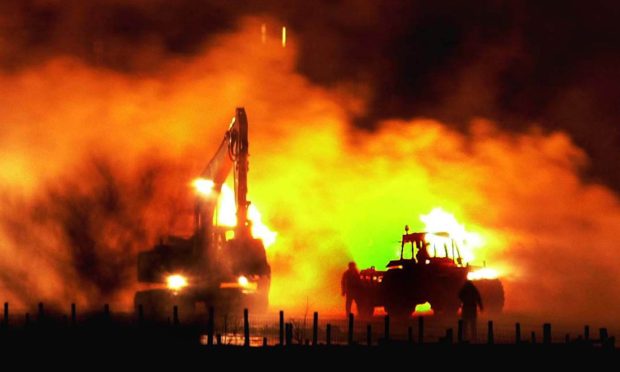
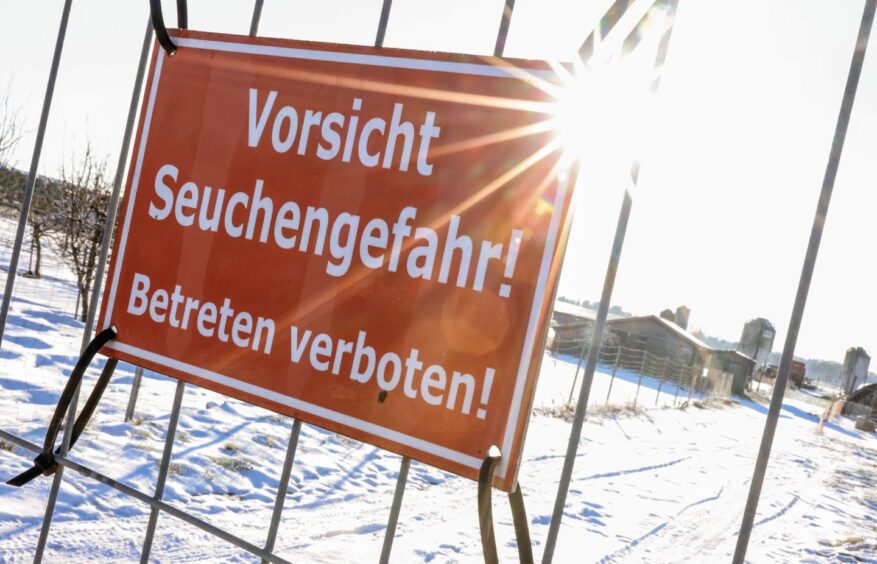
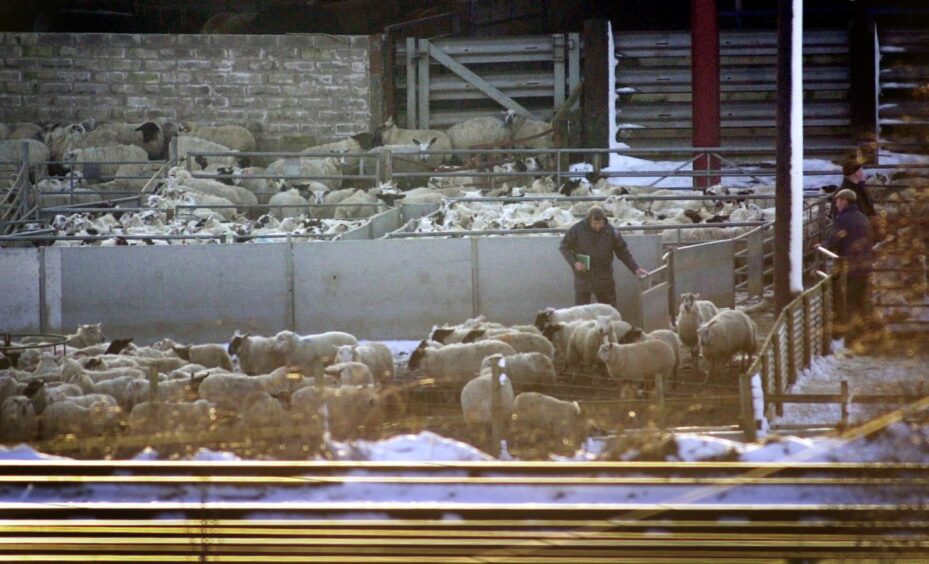
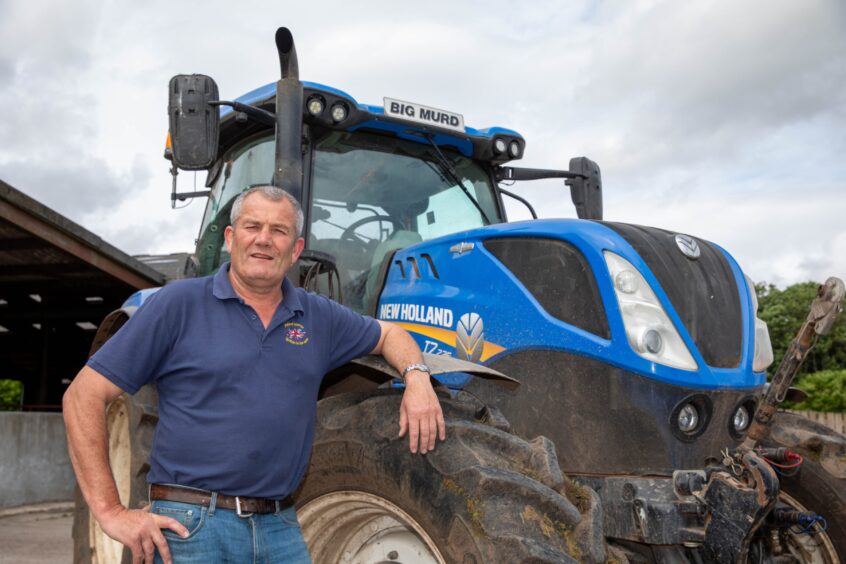
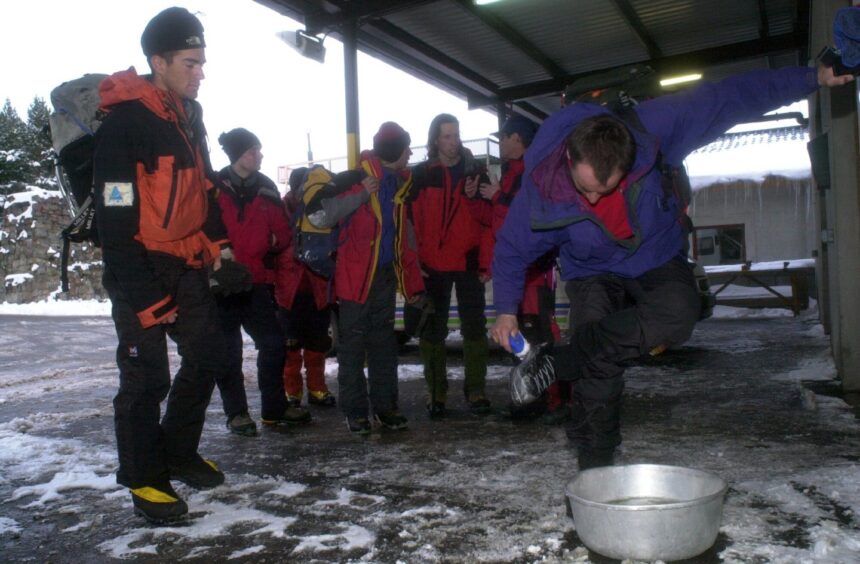
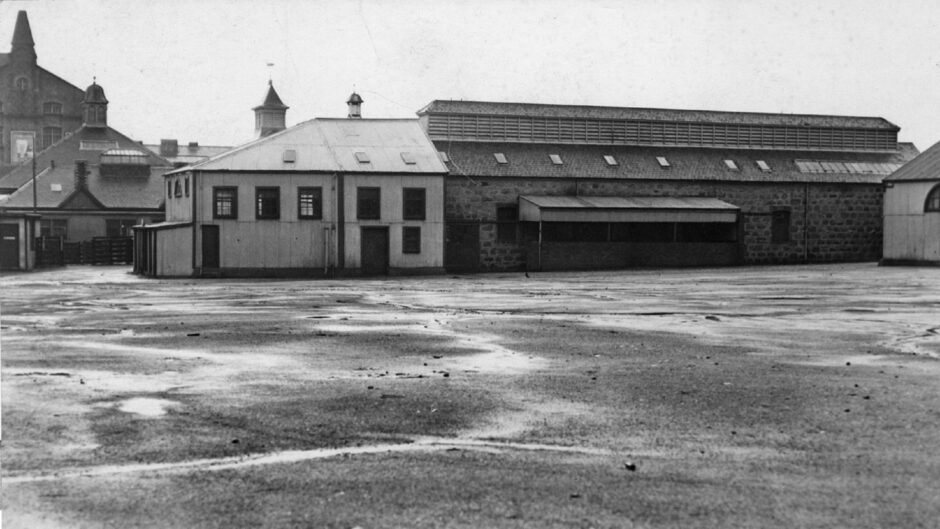
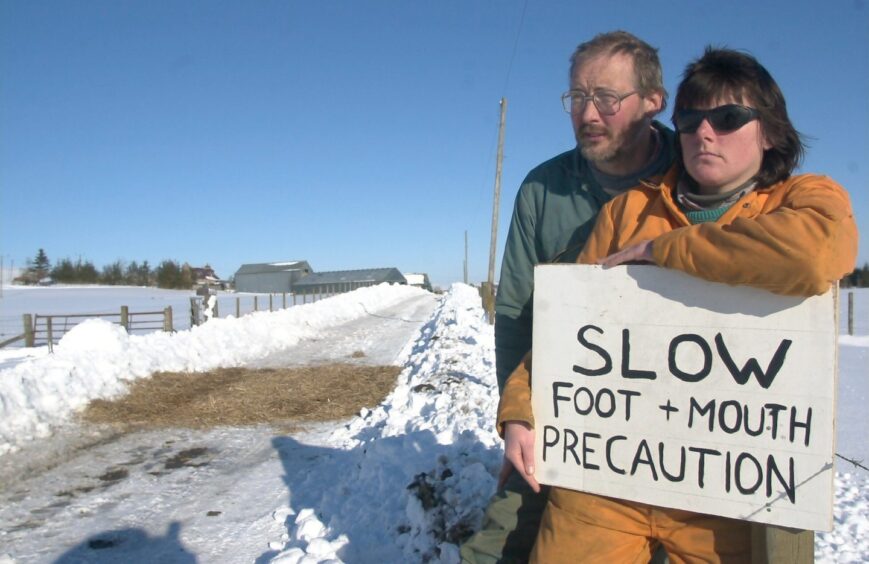
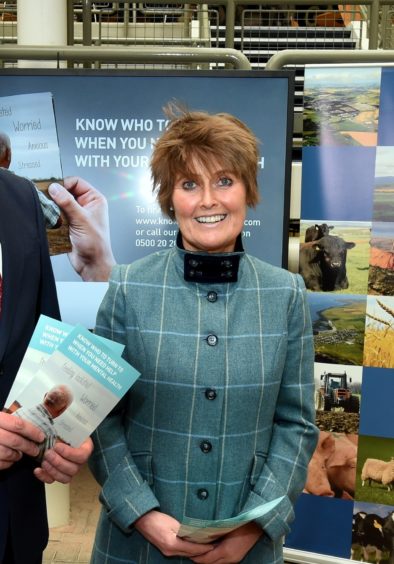
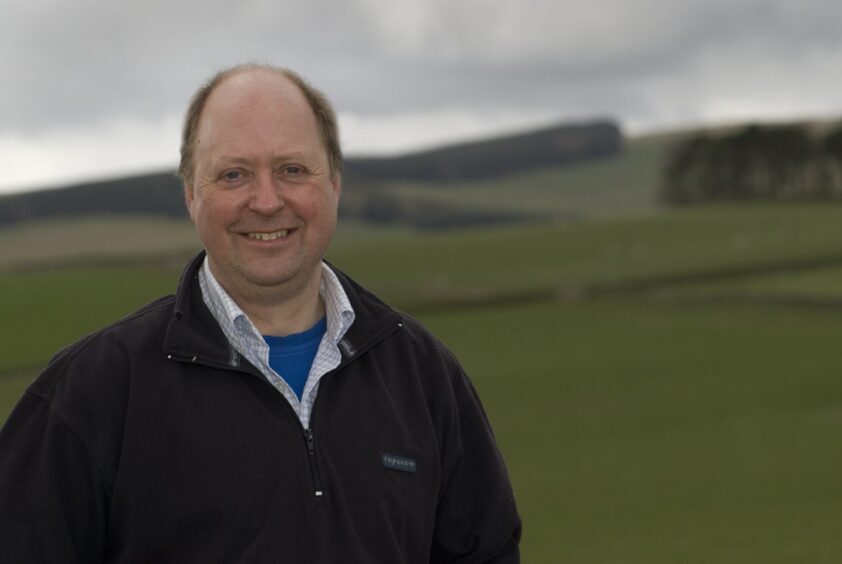


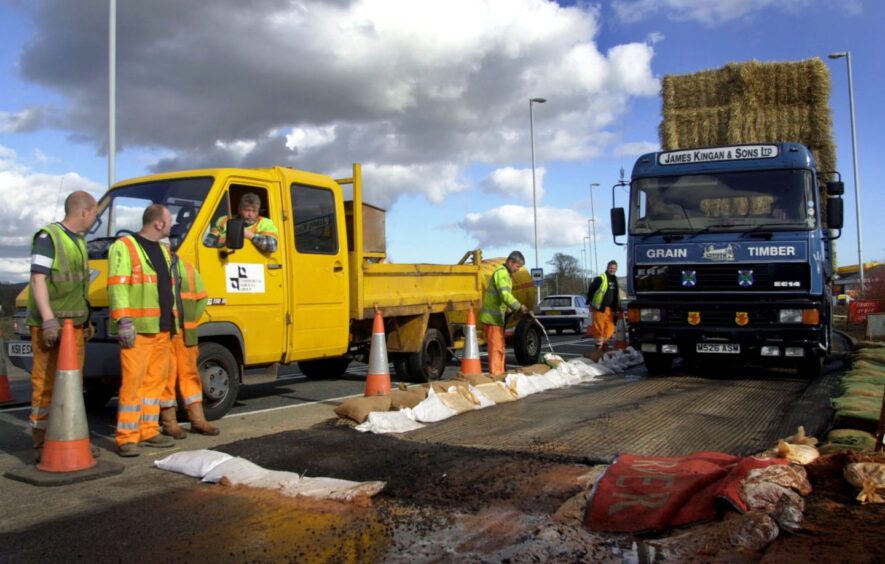

Conversation